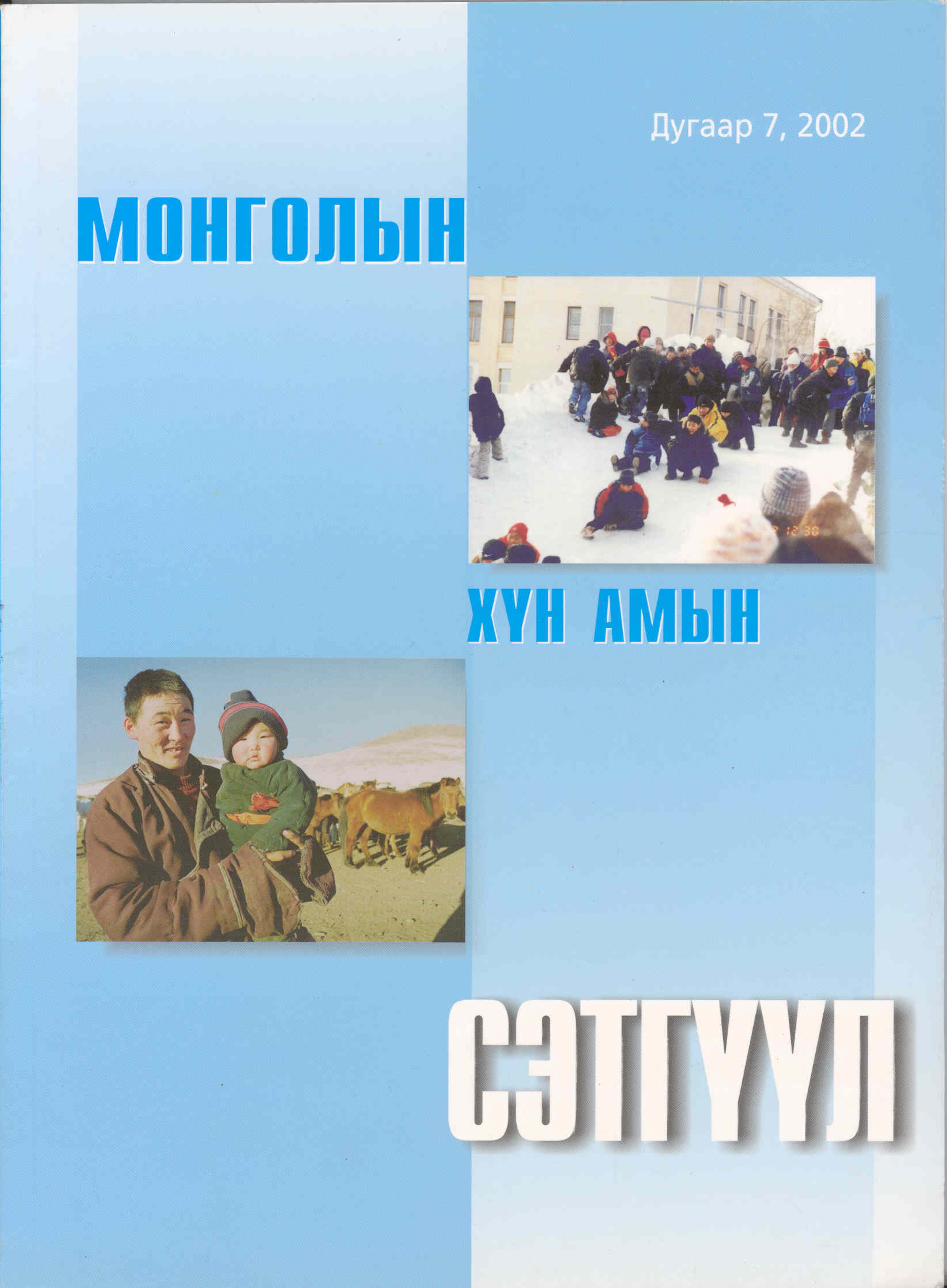Mongolia and Kenya: a comparative overview of demographic landscapes
Main Article Content
Abstract
This comparative overview is a brief cast into the demographic landscape of both Kenya and Mongolia. The motivation for it was sheer curiosity that I had in trying to understand what differences and similarities may be there between the two countries.
Interesting similarities and differences have emerged. The paper has examined the following issues: population policy development; fertility and mortality rates; life expectancy; abortion; Hiv/Aids; migration; population size; history of censuses; population growth rates; population distribution and family planning.
This review has shown that there are more differences than similarlities. Similarlities mainly exist only in mortality and fertility trends. In each case the trend is towards a decline in both demographic processes. Some similarities also exist in population distribution where both countries have very sparse population densities. This is because both countries have a wide expanse of land which is arid, semi-desert and desert. Differences exist in all other areas which include contraceptive prevalence with Mongolia having a much higher prevalence 60% vs. 39% for Kenya(1998); HIV/AIDS, an area in which Mongolia has not been affected as much as Kenya. Only a few cases have been reported in Mongolia compared with about 2m Hiv positive cases in Kenya in a population of 30 m. Unlike Kenya which adopted a population policy much earlier (1967), Mongolia did not adopt one until 1996. The main and compelling reason for the early adoption in the former case was the high population growth rates which were absent in Mongolia. It is also clear from this overview that unlike Kenya, Mongolia has not had a history of very high population growth rates. It also has had over the years much lower fertility and mortality levels. Abortion has not yet been legalized in Kenya as is the case in Mongolia. What is surprising is the fact that it does not appear to have been as much a debatable issue as is the case in most Christian societies such as Kenya. Marked differences exist in the types of contraceptive methods used by women in the two countries. The average Mongolian is also leaving longer than his Kenyan counterpart.
